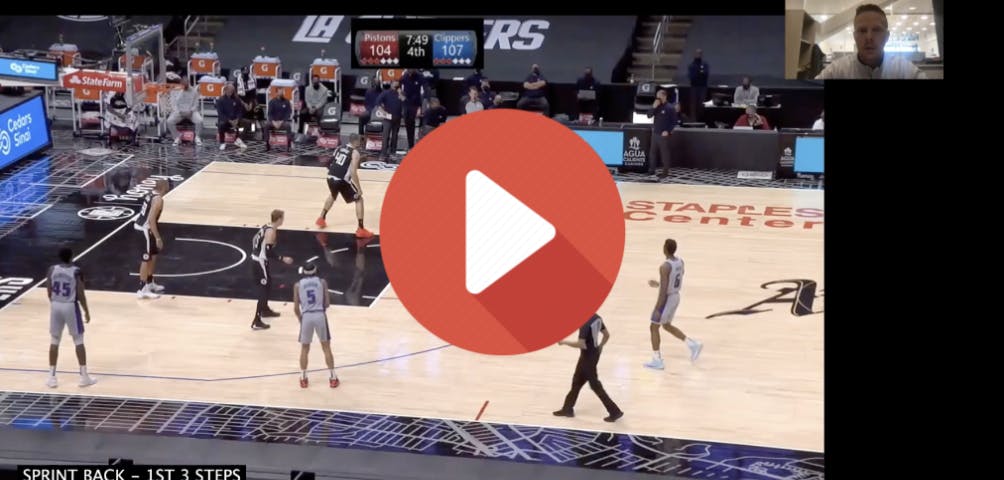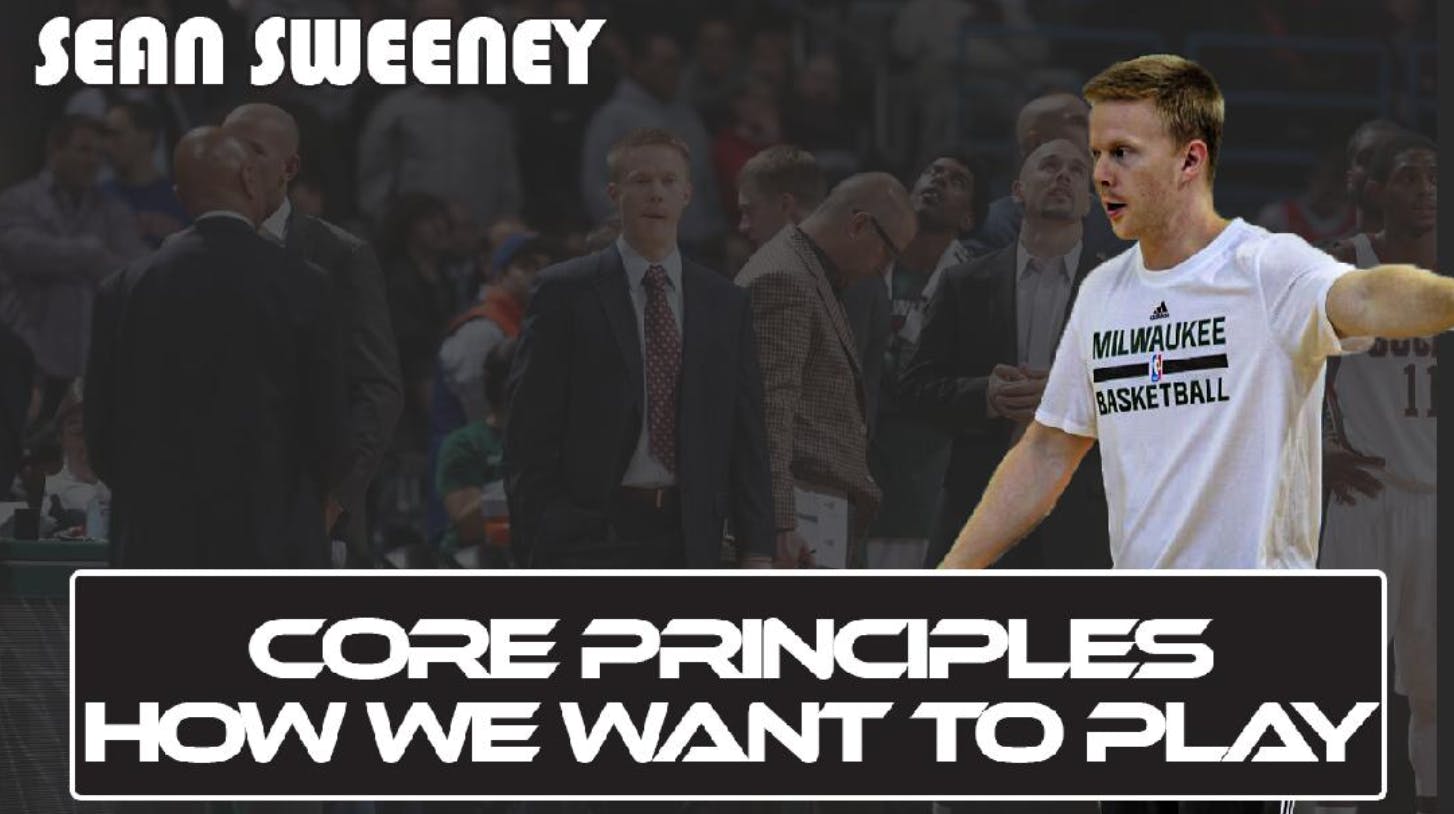- By Grant Young
It takes a lot more than talent to produce a winning basketball team. There are a variety of factors that can (and will) influence a team’s win and loss record each season. And while on-court talent is certainly one of those factors, all of the talent in the world won’t mean a thing if a team doesn't have core principles to abide by.
Creating a team culture can be a daunting task; especially because each team is comprised of different personalities who require something slightly different to put their best foot forward. Although there are coaches who have developed a set of core principles and devoted basketball coaching resources to each team they’ve coached, which has allowed their team to develop, operate as a cohesive unit, and find success, on the court, in the locker room, and out in the world.
Sean Sweeney is one of those coaches.
Sean Sweeney is currently an assistant coach for the Dallas Mavericks. Prior to joining Dallas, Sweeney spent three seasons as an assistant coach with the Pistons and the previous four as an assistant with Milwaukee. During his time with the Bucks, Sweeney was Antetokoumnpo’s head trainer and spent countless hours after practices to help the “Greek Freak” develop into the NBA player he is today.
In a 2018 article with The Athletic, Antetokoumpo said of Sweeney, “The killer mentality — he definitely helped me with that… Having Coach Sweeney for those years, he really helped me as a player and as a person off the court.”
In his ‘Core Principles – How We Want to Play’ course, Coach Sweeney details the main pillars he instills within his players. We will be breaking down his most pertinent points and sharing them with you so that you can get your team operating at maximum capacity.
Core Principles For Your Program
“Some general core principles for your program that make sense to me are: we want to be the hardest working, most together, most competitive, smartest, toughest team.”
Coach Sweeney begins his sermon by mentioning many ideals that all coaches should want from their own teams. When he mentions being the hardest working, Coach Sweeney means that he wants to see his players diving after loose balls, and otherwise create a mentality of being the hardest-playing team on the court, no matter who it is they’re up against.
Coach Sweeney then notes a variety of other things that a player can do to be considered hard-working; none of which show up on a box score or a stat sheet. This introduces an imperative point of Coach Sweeney: that hard work isn’t always going to result in points for a player. But it will help result in wins. It will also get a player’s teammates and coaching staff to respect that, and facilitate trust in the other room. Hard sort of the byproduct of an unselfish, cohesive team culture that prioritizes “we” instead of “me”.
“To play with great effort, to be the hardest working team, you have to be in shape.”
Coach Sweeney stresses conditioning as one of the core pillars that he has instilled in every team he has coached for. And while there are multiple different tests and metrics with which conditioning can be evaluated by a basketball coach Coach Sweeney has also devised his own unique method of assessing how fit his players are: Can they play the way he needs them to play for six consecutive minutes?
The way that NBA games (and the sport of basketball as a whole) are structured, Coach Sweeney doesn’t need his players to have the endurance of marathon runners. Rather, he needs them to be in good enough shape so that they can give 100% effort, 100% of the time, until the next timeout occurs or until they get taken out of the game. If they can do that without exception, then they are conditioned enough.
Offensive Principles
In terms of offensive principles, Coach Sweeney has one overarching rule that he believes is the difference between success in failure on modern basketball: that you want to get a great shot as soon as you can.
This is going to mean something different for every team. In fact, it’s going to mean something different for every player, considering what their strengths and weaknesses are. But once those “great shots” are defined by each player and their coaching staff, then the goal should become that a team gets one of those shots for one of their players during every offensive possession.
Defensive Principles

“We want to allow one contested, long two-point shot.”
Coach Sweeney is very clear about what he wants his teams to allow on defense. In order to do that, he wants his players to sprint back on defense, ahead of the ball. He also wants his players to play defense late into the clock, because a shot that occurs early in the shot clock typically means that it’s a great shot for the other team.
Coach Sweeney also speaks about not letting other teams out in transition as much as possible. A big part of this is limiting turnovers. But, as all coaches know, turnovers are inevitable (as are great shots for the other team, on occasion). So Coach Sweeney emphasizes that sprinting back on defense and protecting the paint once his players get there is paramount to limiting the amount of great shots that an opposing team can have.
Instilling these core principles into your team will have them playing like a cohesive (and coachable) unit in no time.




No comments:
Post a Comment